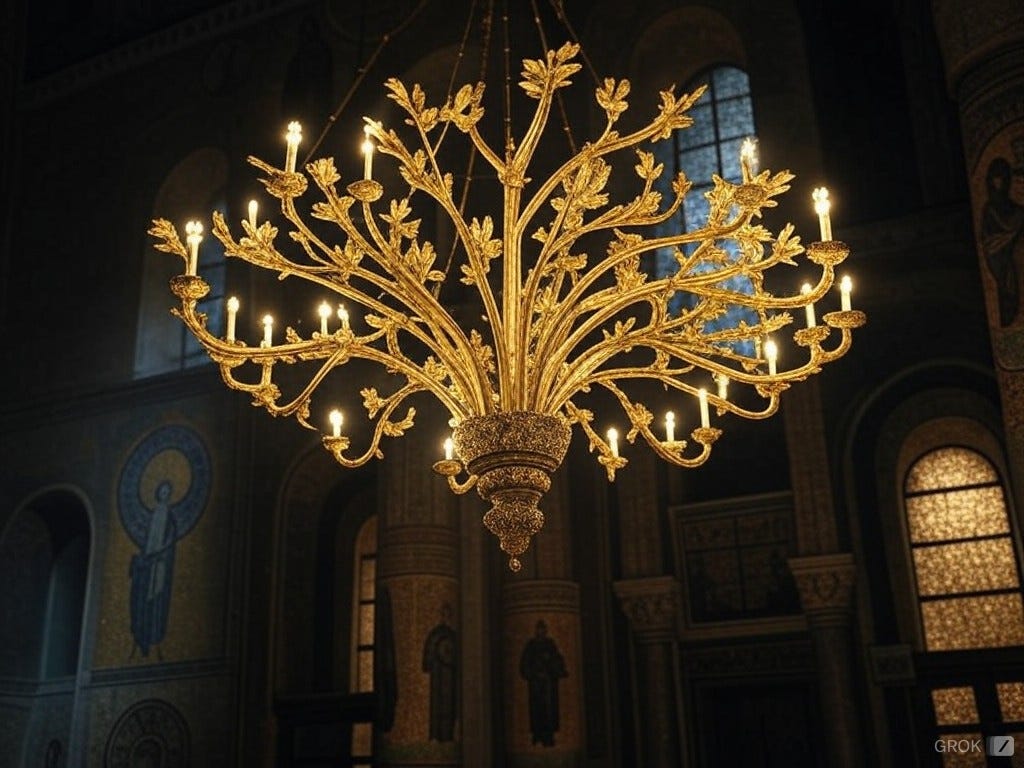Discover the True Christian Origins of Christmas
Exploring the Historical Roots, Symbolism, and Cultural Expressions of Christmas Through Biblical and Theological Lenses
The True Christian Roots of Christmas: Dispelling Pagan Myths
Alright friends, let's dive into the origins of Christmas, alongside Easter and Halloween—holidays whose roots have been debated, particularly regarding their supposed connections to pagan traditions. However, historical evidence points to these celebrations being distinctly Christian from their inception, embodying expressions of early Christian faith, hope, thankfulness, and joy, intertwined with biblical narratives within various cultural contexts¹. Early Christian scholars like Hippolytus and Sextus Julius Africanus established December 25th as the birthday of Jesus, calculated from His conception on March 25th using an ancient Jewish dating method²³.
Now, let's address the Christmas tree—often misconstrued as a pagan relic. But here's the truth: while pagans revered oaks, Christmas trees are made from evergreens like fir, spruce, or pine⁴. These trees were adorned with fruit to symbolize spiritual fruits, and candles to represent Messiah, the Light of the World, as prophesied in Isaiah 11:1, "Then a shoot will spring from the stem of Jesse, and a branch from his roots will bear fruit." The evergreen stands as a symbol of Messiah's eternal life⁵.
In modern times, we might overlook these profound symbols, reducing the tree to mere decoration. Yet, understanding its origins reveals a rich tapestry of Christian symbolism from Eden's Tree of Life to Messiah's prophetic imagery.
The narrative that Christmas and its symbols are merely rebranded pagan festivals often serves to undermine Christian practices, perhaps as a strategy to disconnect believers from their spiritual heritage. In reality, Christmas was never intended to replace a pagan festival but to celebrate the incarnation of Messiah, a deeply Christian event⁶.
Upon examining historical texts, we find references like a 13th-century manuscript from the British Museum, which describes brass trees with lamps at the Monastery of Saint Gabriel in 512 AD, symbolizing Christian light⁷. Similarly, Paul the Silentiary's "Ekphrasis of Hagia Sophia" from 563 AD describes tree-like chandeliers, early prototypes of the Christmas tree⁸.
Constantine Kalokyris argues in "Sacred Trees and the Eastern Origin of the Christmas Tree" that this tradition is not Western European but deeply rooted in Byzantine and Orthodox Christianity⁹.
The Symbolism and History of Paradise Trees and Paradise Plays
The concept of the 'Paradise Tree' is deeply entwined with the unique Christian tradition, particularly in the context of medieval mystery plays. These plays, known as Paradise Plays, were performed in Europe, especially in Germany, during the Middle Ages, with a significant focus on December 24th, which was considered the feast day of Adam and Eve¹⁰.
Paradise Plays:





